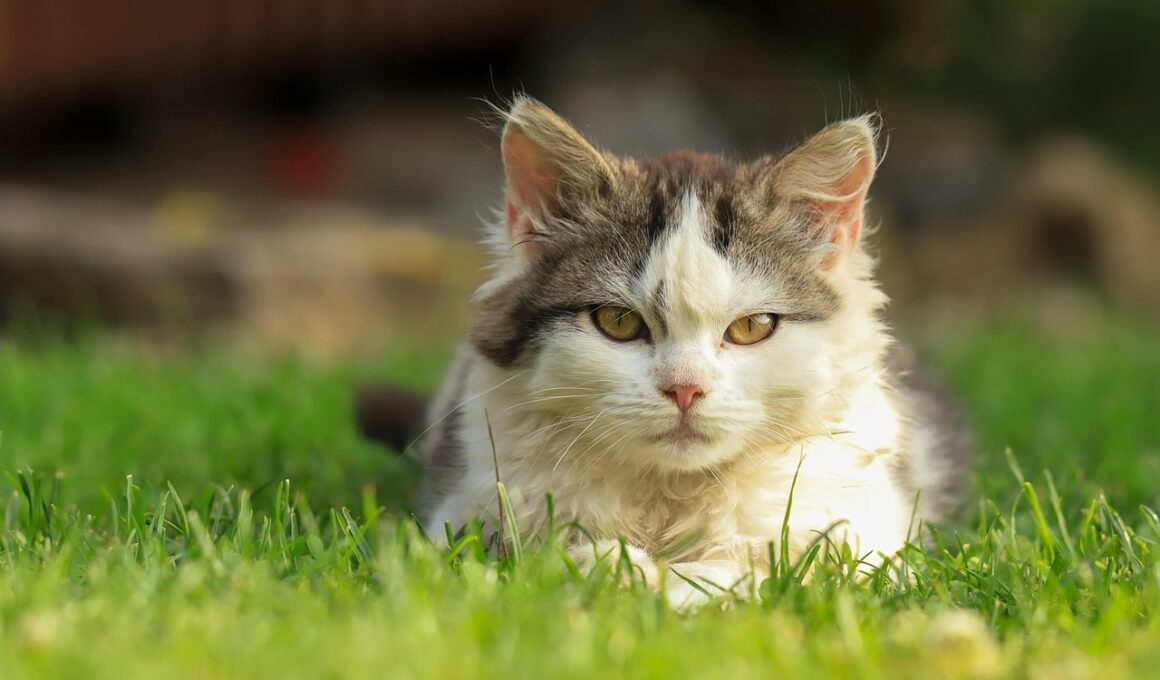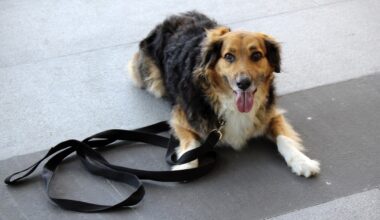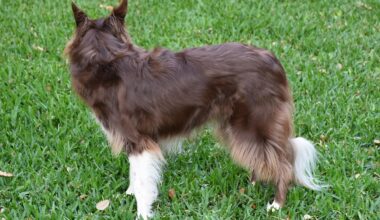Understanding Group and Best in Show Judging Processes
Understanding how cat shows operate is crucial for newcomers. Cat shows involve a structured process that determines which felines are the best among many. Judges use a variety of criteria to evaluate the cats entered in competition. Each cat is carefully assessed based on breed standards, behavior, and physical appearance. Group judging occurs first, categorizing cats into specific breeds and groups. During this stage, judges evaluate each cat’s adherence to its breed standard, considering aspects like coat quality, structure, and temperament. This initial round weeds out the best individuals, who proceed to the more prestigious Best in Show designation. Expectations for behavior are high; cats should be friendly yet calm. The judging process can be overwhelming, but it’s essential for fairness. Knowledgeable judges are usually experienced breeders or individuals with extensive backgrounds in feline care and understanding. Additionally, handling plays a role in each cat’s scores. Each participant must be ready for their turn, as presenters show their cats to the judges and allow for a thorough examination, ensuring a comprehensive evaluation is completed. Thus, the entire exercise serves to celebrate feline beauty and diversity.
During the group judging phase, the judges familiarize themselves with the entries. They consider various characteristics, including fur texture, coloration, and proportions. Each characteristic is weighed to identify which cats closely embody the ideal traits of their respective breeds. In this phase, the judge ranks the cats based on how well they meet the breed’s specific standard. This phase includes careful observations of the cat’s movement, posture, and overall health. A central aspect of this evaluation is the importance of a cat’s temperament. Cats that display a calm yet alert demeanor often garner more favorable reviews. Judges also score aspects like grooming, where higher points reflect better preparation. Owners are encouraged to present their cats with pride and care, showcasing their effort in preparing for such competitions. The number of available awards motivates breeders and pet owners alike to present their best animals. Following the group evaluations, a select few advance to a final judging round for the coveted Best in Show title. This requires not only adherence to standards but also charm and charisma under pressure, factors that can greatly affect a judge’s final decision.
The Importance of Breed Standards
In cat shows, breed standards serve as guiding principles for judging. Each breed represents a unique set of characteristics that defines its identity. These standards outline what is expected concerning appearance, size, and behavior. For judges, adhering to these standards is imperative to identify the best representative of a particular breed. Knowing how breeding affects traits is fundamental; certain characteristics are bred intentionally, while others may result from a natural variation within a breed. Judges must possess an extensive understanding of these standards to accurately evaluate each feline’s potential. They also rely on their experiences and sometimes a physical comparison against other established breed benchmarks. Grooming and presentation also play a significant role. A well-groomed cat is more likely to impress judges, as proper care indicates dedication and pride. Additionally, breed standards emphasize the health of the cats. Judges need to detect any signs of genetic health issues, signifying the importance of responsible breeding practices. Thus, thorough knowledge about breed characteristics will enhance a judge’s ability to determine superiority among the competing cats during shows properly.
After the group judging phase, the selected finalists proceed to the Best in Show round. Here, the top choices from each group face off against each other to find the ultimate winner. This round can be quite intense, as judges have to reassess candidates that were already praised. Each cat, regardless of their previous rankings, gets an opportunity to impress during this critical phase. Key factors in this evaluation include overall presence, poise, and the ability to engage with the audience. Often, it’s a blend of aesthetics and personality that captures a judge’s decision. Judges analyze how the cats behave in a new, competitive atmosphere, as this experience stresses their adaptability. Attention is paid to how they react to the judge’s handling, assessing the cat’s overall temperament under pressure. Owners often share valuable insights about their cats’ personalities, helping the judge in assessing that individual cat’s charm. This process is both scientific and subjective, combining objective criteria with personal judgment. Therefore, the judges use a balanced approach, offering each masterpiece an equal chance to shine before declaring the ultimate Best in Show winner.
Preparing for Best in Show Judging
Preparing your cat for a show is a comprehensive endeavor that encompasses various components. Each aspect contributes to a cat’s impression, and meticulous attention to detail can make a significant difference. Grooming requires extensive preparation, including bathing, brushing, and possibly trimming. Pet owners must ensure their cats adhere strictly to breed grooming standards, presenting as close to ideal as possible. Apart from aesthetics, fostering the cat’s good behavior is equally vital. Socialization helps achieve a well-rounded temperament, which boosts confidence during the evaluation process. Exposing your pet to different environments can enhance their adaptability. Many experts recommend practice sessions in settings similar to cat shows, helping cats acclimatize to the additional noise and crowds. Regular training will ensure the cats remain calm and composed, even in challenging situations, proving beneficial during the intense evaluation stages. Additionally, proper nutrition and health maintenance pre-show leads to peak performance. Emphasizing holistic care encompasses physical, social, and mental well-being. This foundational preparation fosters readiness and contributes positively to how a cat is perceived during the judging process. Each step is strategically designed to arm the participants with the best possibility of success.
Throughout the judging process, a cooperative relationship between cats and their owners is essential. The bond shared allows for improved performance during evaluations, showcasing the cat’s natural abilities and personality. Handling and presentation are integral elements that influence judges’ perspectives. Owners should practice proper techniques for holding and showing off their cats to highlight their best features effectively. Each detail matters, from the way a cat is held to its poise on a judging table. This connection also alleviates the stress cats may feel during competition. Owners should remain calm and composed, as their behavior can affect the felines’ confidence and comfort levels. Effective communication between handler and cat helps ensure smooth presentations. Additionally, frequent interaction with judges during preliminary evaluations can help establish rapport. Engaging with judges can allow owners to mitigate any potential stressors. That means readings and impressions are likely to be more favorable. These practical skills can ultimately enhance the chances of earning not only group placements but possibly even Best in Show accolades. Considering these elements fosters a positive environment for felines exhibiting their finest traits.
Conclusion: The Significance of Cat Shows
In conclusion, understanding the judging processes in cat shows demonstrates the importance of both animal welfare and committed ownership. Each component of the competition emphasizes the beauty and unique characteristics of various breeds. Evaluating participants through structured methods highlights the commitment needed to maintain standards in breeding and care. The process nurtures a culture of recognition and respect for feline companions, showcasing their diverse attributes and personalities. Furthermore, categories such as Best in Show allow individuals to celebrate breeding excellence and responsible ownership. Cat shows serve to expose enthusiasts to knowledge about their breed’s history and care, reinforcing connections in the pet community. As a result, these events create networking opportunities among breeders, owners, and judges alike. Their influence encourages responsible breeding practices, raising awareness of common health concerns across breeds and species. For both participants and spectators, these events foster an appreciation of felines. Thus, exploring cat shows goes beyond mere aesthetics, emphasizing an understanding of the integral roles these animals play within our lives. The celebration of their magnificence ultimately enhances our bond with these beloved companions.


